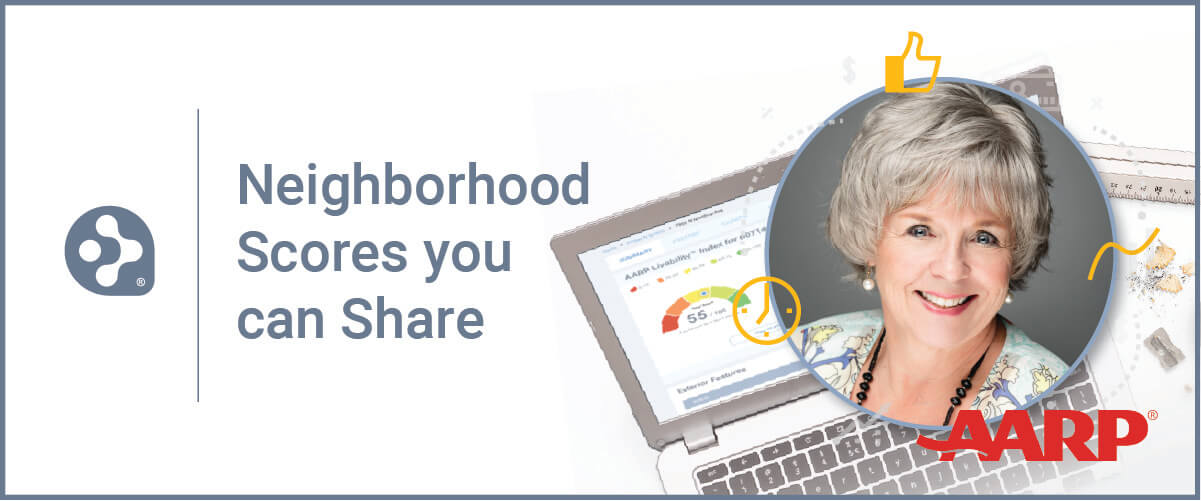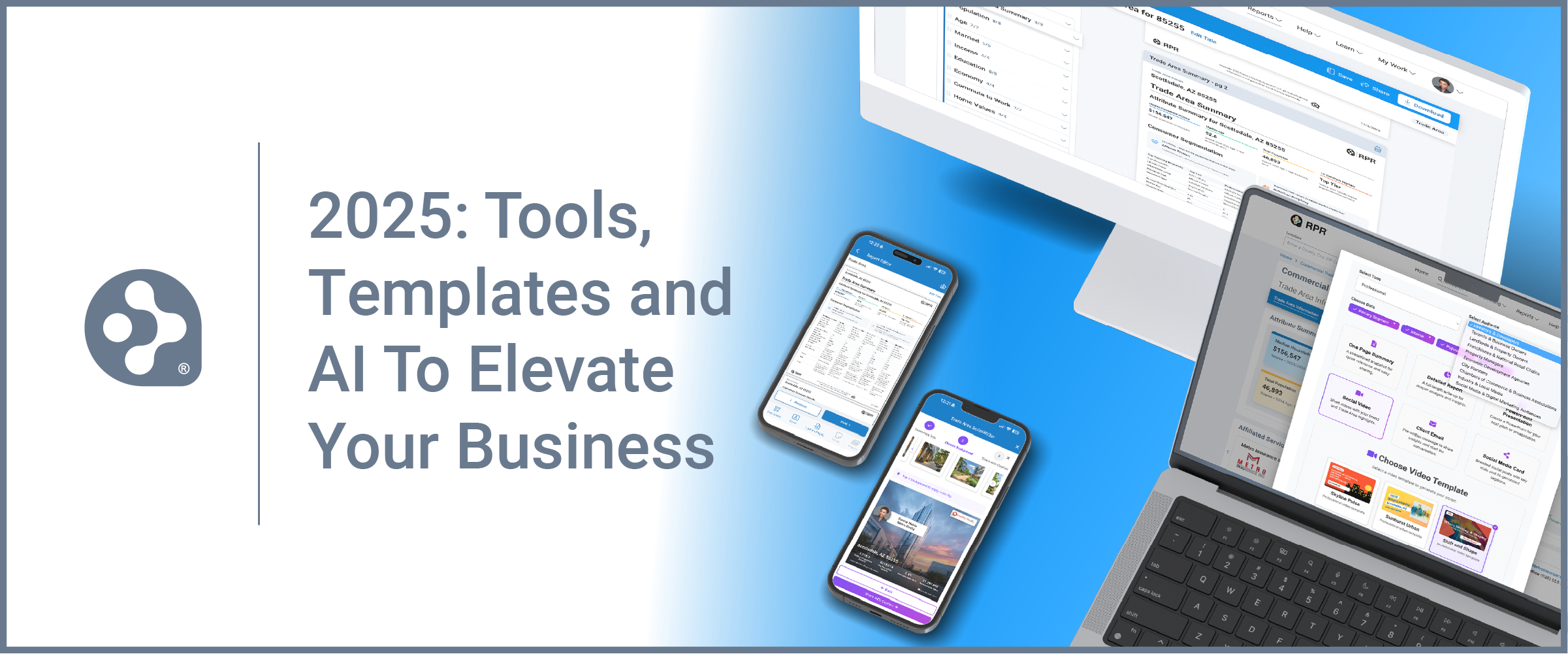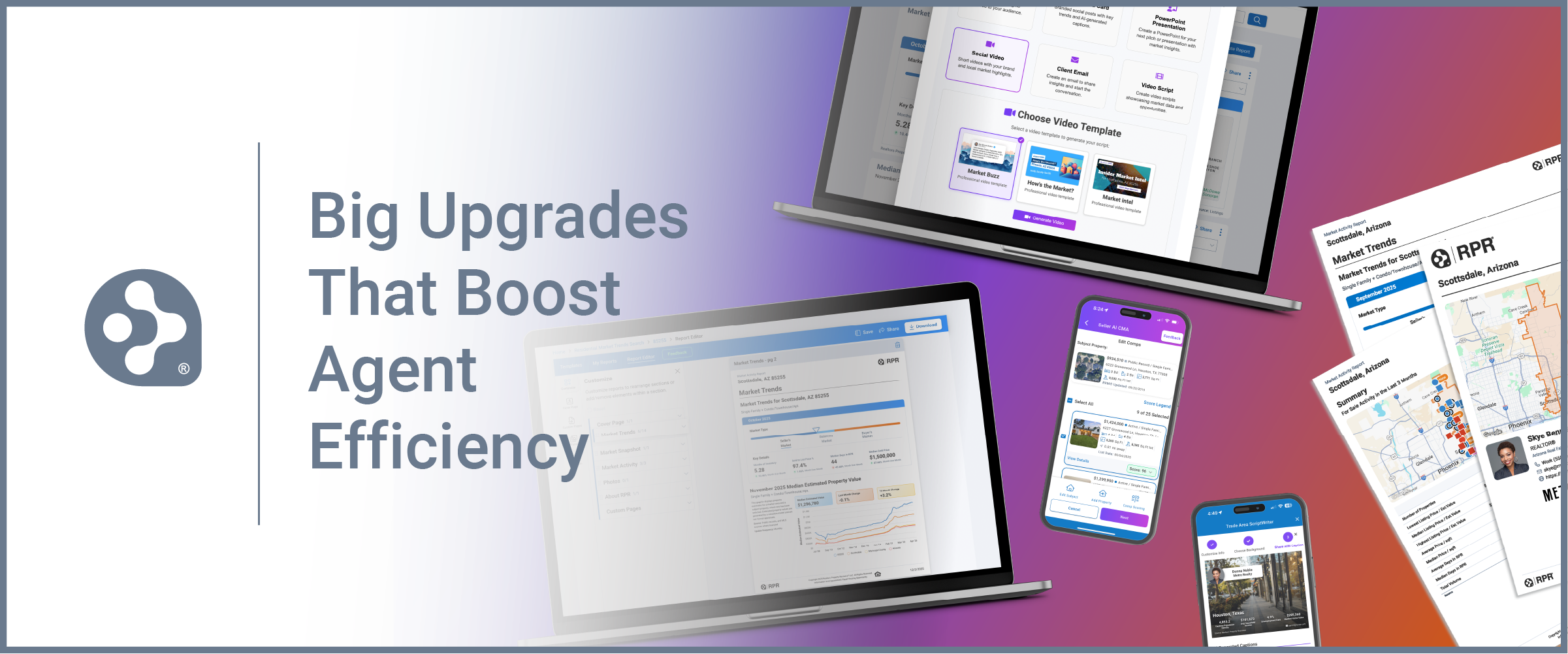RPR Announces Data Refresh for its AARP Livability™ Scores Integration

Last year RPR (Realtors Property Resource) announced an important data integration with AARP. This year, we’re pleased to announce that the AARP Livability™ Index scores have been updated and refreshed with brand new data.
If you’re not familiar with the AARP Livability Index scores, here’s how they’re described on the AARP website: “The most comprehensive, web-based tool of its kind that scores every neighborhood and community in the United States—in all 50 states and the District of Columbia—for the services and amenities that affect people’s lives the most as they age.”
This data integration with RPR and The National Association of REALTORS® arms REALTORS® with another data set to help their clients make better informed decisions.
It really comes in handy when assisting seniors gauge how “livable” an area is if they’re making a move. Besides the home itself, seniors are particularly focused on community and neighborhood amenities, including medical services, public transportation, entertainment, etc.
A Q&A With Laura Kovacs

To gain some insight on how agents can use this valuable data, we spoke with Laura Kovacs, the owner of REVIVE-Learning Real Estate School in Phoenix, Arizona. Along with forty-six years of experience in the real estate business as a REALTOR® and broker, Laura is also a full time real estate instructor and a fully accredited and approved real estate education instructor for NAR.
As part of her SRES (Senior Real Estate Specialist) designation class, Laura helps promote the AARP Livability scores to her students so they can better understand and advise their clients. Laura speaks volumes to the value that this data-based tool can offer, and how easy it is for agents to access it through RPR.
QHi Laura, thanks for joining us. How did you find out about the AARP Livability scores and why did you decide to incorporate them into your classes?
AWell, I’ve been a long time proponent of using local information when teaching a national class. Nationwide class content is well done, but because it’s a national scope, it might not always be relevant to local situations. When teaching at a local level you need to make an effort to be inclusive about local information. All real estate is local!
So I always seek out information and resources that local REALTORS® can use for my classes. When the AARP Livability Index first appeared, I really liked it. I had used AARP information for my “Senior Living” class way before it was put into the “Scores” format. And now that it’s packaged together and easily available to REALTORS® via RPR, it’s just this “a-ha” type of moment. This is cool! I can get a score for any community, ZIP code or specific property. And I can either market this home differently thanks to this info, or I can sell this home to this buyer based on this data. It’s a real enhancement to the process.
QWhat do you suggest agents do with all this great information?
AI use my personal address as an example. I pop in my address and walk my students through the index. We discuss how to use this valuable info, such as the fact that you can pinpoint the approximate age of a community. Which is important because someone in their late 50s doesn’t necessarily want to live with folks in their 80s or 90s. There are generations of difference amongst seniors and not everybody thinks about those things!
Then we get to the real, tangible benefits for the customers: how far is the library, can they take a bus to a theater, how close is medical care and services, what options are there for community transportation, where is the nearest grocery store? Everyday necessities in life that directly affect how a senior lives. That information is powerful when you are talking to someone about where they want to live and stay. This is a very practical and useful way to address the concept of “aging in place.”
For seniors, it’s often much more than just the home or the space. It’s about what surrounds them: the neighborhood, the community, the support.
QInteresting, and makes a lot of sense. Any closing thoughts?
AHaving the AARP Livability Index available through RPR is a tremendous opportunity for REALTORS®. Having all this information and data aggregated in one place makes it so much easier.
I tell my students: “Be the source of the source.” You have this tool, this risk management tool, it’s yours for the taking. Be resourceful and share this with your clients. They don’t care where you get it, they just know they’re getting it from YOU.
Also, it’s truly a good tool no matter what niche you specialize in. Handling a job relocation? Buying and selling? First time buyer? It really touches every phase of real estate sales. Use RPR, use AARP and enhance the information you’re offering your buyers and sellers.
Great points, Laura!
The AARP Livability™ Index is now displayed on the RPR website and mobile app through its Property Details pages as well as within the Neighborhood page. It’s also featured in four RPR reports, including the: Property Report, Mini Property Report, Neighborhood Report and Seller’s Report.
Make sure to access it in RPR and apply these valuable data points and statistics when working with clients of all ages and backgrounds.
Share This Story, Choose Your Platform!
TOPICS
AUDIENCE
CATEGORIES
TUTORIALS & GUIDES
SUCCESS STORIES
PROSPECTING
THE PODCAST



















